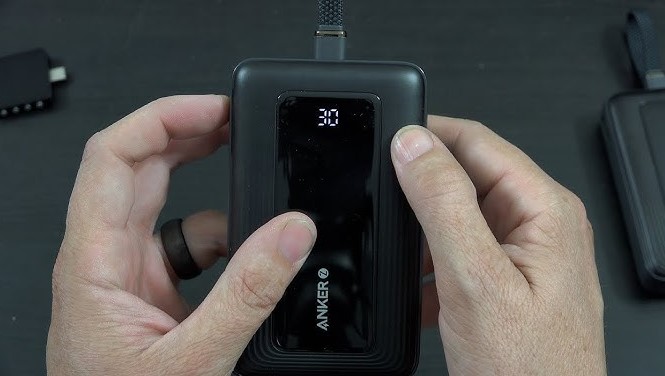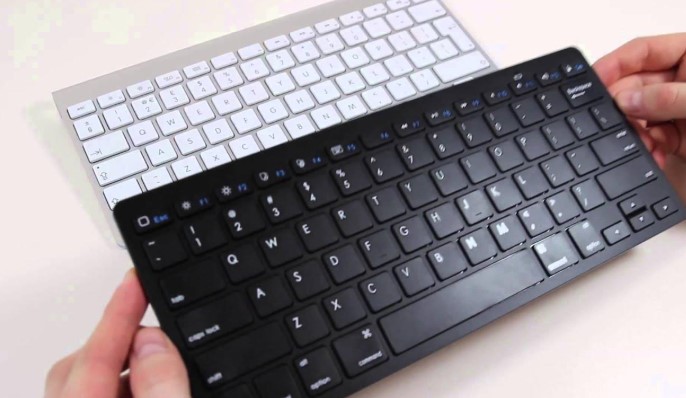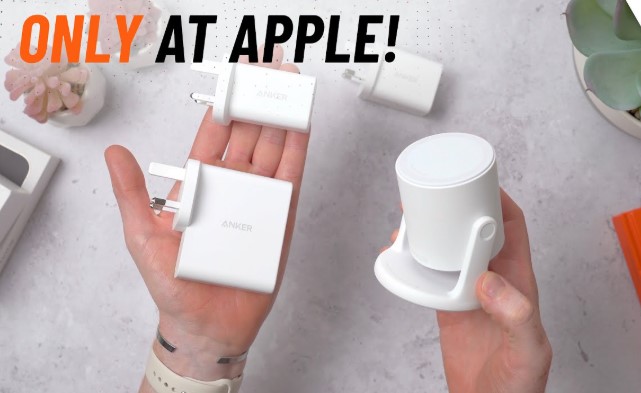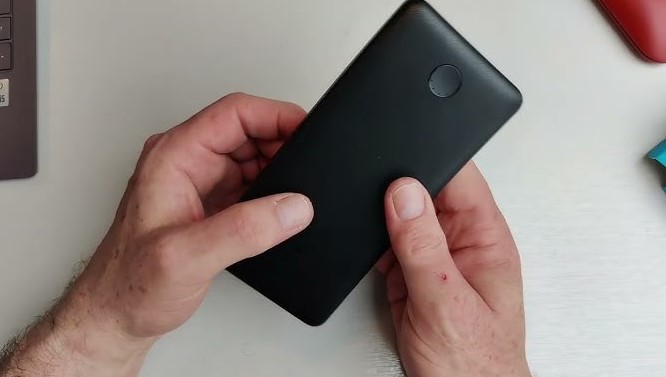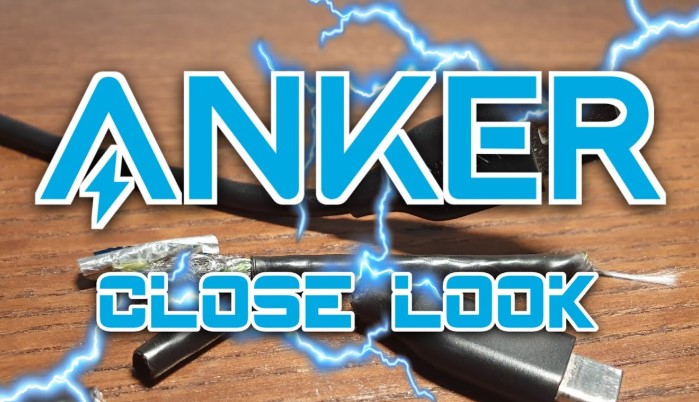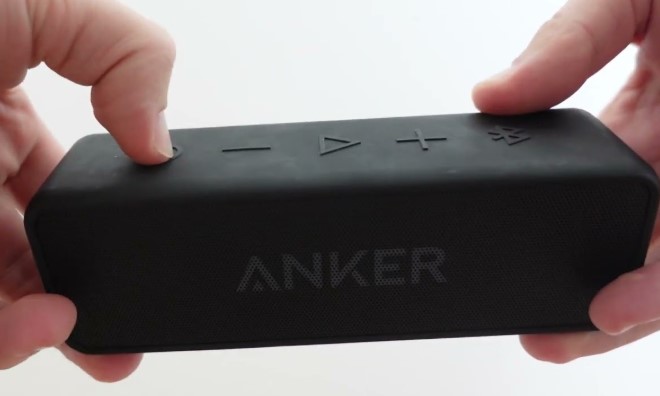How to Charger Anker Power Bank Safely and Fast?
A fully charged power bank keeps your devices running wherever you go. Anker power banks stand out for their reliability and fast charging capabilities. Understanding the correct way to charge them ensures longer battery life and consistent performance.
Start by connecting the power bank to a compatible wall adapter using the supplied USB cable. Avoid using low-quality or incompatible chargers, as they can reduce efficiency or damage the battery over time.
Keep an eye on the LED indicators while charging; they provide clear information on the battery’s status. Charging in a cool, ventilated area helps prevent overheating and maintains optimal performance.
For regular use, avoid letting the power bank drain completely before recharging, as partial charges can extend its lifespan. Mastering these simple steps ensures your Anker power bank always stays ready, offering reliable power for your smartphone, tablet, or other portable devices.
How to Charger Anker Power Bank?
Anker power banks help you keep your phone, tablet, or other devices charged anytime. They are small, portable, and very useful for travel, outdoor activities, or emergencies.
Charging them correctly helps the battery last longer and work better. This guide shows step-by-step how to charge an Anker power bank safely. It also shares tips to maintain battery health and get the most from your device.
Understanding Your Anker Power Bank
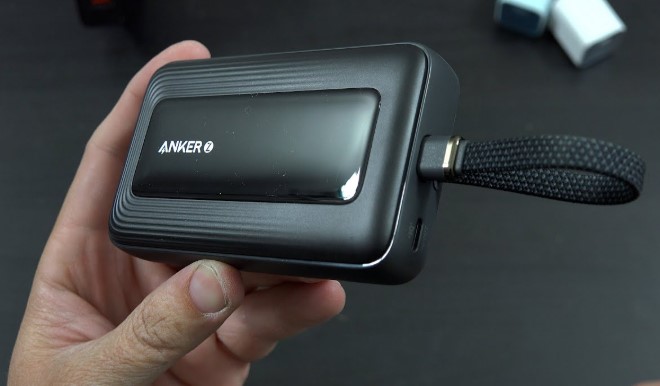
Not all Anker power banks are the same. They come in different sizes, capacities, and designs. Some are small and light, suitable for one or two charges.
Others are larger and can charge devices many times. Knowing your model helps you charge it properly and safely.
Key Features to Know
-
Battery Capacity: Measured in mAh (milliamp hours). Higher capacity stores more power and charges your devices longer.
-
Input Port: The port used to charge the power bank itself. Most models use Micro USB, USB-C, or Lightning ports.
-
Output Ports: The ports used to charge devices. Usually USB-A or USB-C. Some models have multiple ports.
-
LED Indicators: Show how much battery remains and charging status.
Step-by-Step Guide to Charge Anker Power Bank
1. Check Battery Level
Press the power button. LED lights will show the current battery level. Flashing or low lights mean the battery needs charging. Avoid letting the battery completely drain often.
2. Choose the Right Cable
Use the cable that came with the power bank. Most Anker power banks use either USB-C or Micro USB for input. Using the correct cable ensures fast and safe charging. Avoid using old or damaged cables.
3. Connect to a Power Source
Plug the cable into a wall adapter, laptop, or USB charger. Wall adapters usually provide faster charging. Avoid using very low-power sources like small USB hubs, as this will make charging slow.
4. Monitor Charging
LED indicators blink while charging. When all lights turn steady, the power bank is fully charged. Charging time depends on capacity: small power banks may take 2–4 hours, while large ones may take 6–12 hours.
5. Avoid Overcharging
Disconnect the power bank once it is full. Leaving it connected too long can reduce battery life over time. Modern Anker models often stop charging automatically when full, but it is still safer not to leave it plugged in all night regularly.
Tips to Maintain Your Anker Power Bank
-
Charge Regularly: Don’t leave the power bank empty for a long time. Lithium batteries perform better when kept partially charged.
-
Keep It Cool: Heat damages battery health. Avoid charging near sunlight or heaters.
-
Use Good Cables: Cheap or damaged cables can slow charging or damage the port.
-
Clean Ports: Dust or dirt in ports may prevent proper charging. Clean gently with a dry cloth or soft brush.
-
Avoid Moisture: Keep the power bank away from water or very humid places.
Fast Charging and Safety
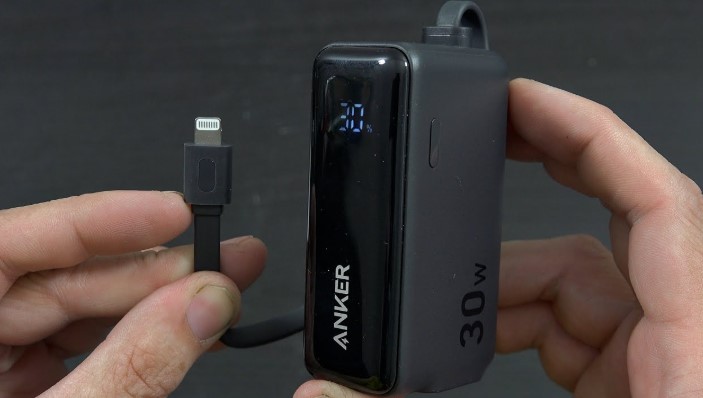
Some Anker power banks support fast charging. Fast charging uses more power but charges your device quicker. Use a compatible wall adapter for fast charging.
Check your model’s specifications before using high-power chargers. Overpowering can harm the battery or cause overheating.
Safety Tips for Fast Charging
-
Only use chargers with the correct voltage and current rating.
-
Do not cover the power bank while charging; it needs airflow.
-
Stop charging immediately if it becomes very hot.
Extra Tips for Long Battery Life
-
Charge your devices from the power bank slowly if possible. Fast charging generates heat and slightly reduces battery life over time.
-
Store the power bank at around 50% battery if you won’t use it for a long period.
-
Avoid dropping or hitting the power bank. Physical damage can reduce performance.
-
Rotate usage between multiple devices if you have several power banks, to avoid overusing a single unit.
Conclusion
Charging an Anker power bank is simple if you follow the right steps. Check the battery, use the correct cable, monitor charging, and avoid overcharging.
Keeping your power bank in good condition helps it last longer and charge your devices efficiently. A well-maintained power bank is reliable anytime you need it.
FAQs
1. How long does it take to fully charge an Anker power bank?
Small models take 2–4 hours. Larger models can take 6–12 hours depending on battery capacity and input adapter.
2. Can I charge the power bank with a laptop?
Yes, but it is slower than using a wall charger.
3. Can I use any USB cable to charge it?
It is better to use the original cable. Using wrong or damaged cables may slow charging or damage the device.
4. Is it safe to charge overnight?
Occasional overnight charging is okay, but regular overnight charging can slowly reduce battery life.
5. Can I use the power bank while it is charging?
Most Anker models allow this (pass-through charging), but it may slow down charging for both devices.

